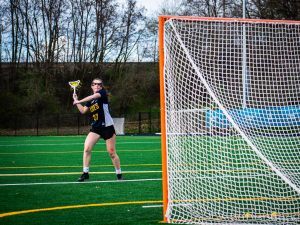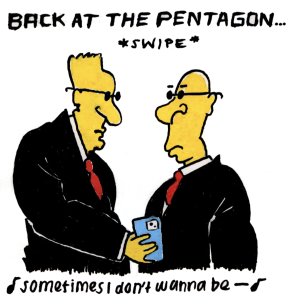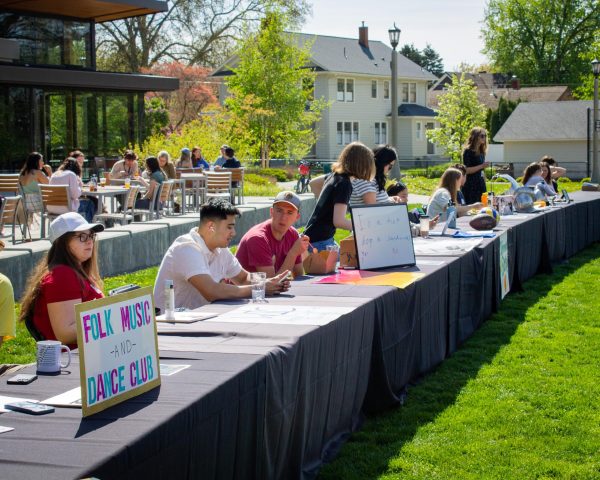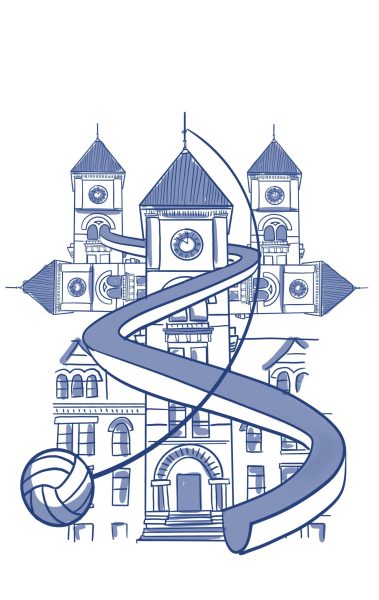Op-Ed: Experiential Learning like SKGL Leaves a Trace on Future Leaders
May 9, 2017
One week, we were skimming through PowerPoint slides about packing kayaks in a fluorescently-lit classroom in Walla Walla. The next, we were wading knee-deep in the crystal-blue waters of the Sea of Cortez, stuffing our fiberglass vessels with tents, dry bags, and full 22-pound water drums in the no-space-left-behind fashion of Tetris. When my Sea Kayak Guide Leadership course (SKGL) traveled to Baja, Mexico over spring break, we were immersed in the deep end of experiential learning. Over the two-week expedition, students could make and learn from mistakes in hands-on situations that would be impossible to replicate in the classroom, producing some of the most challenging and memorable learning I have encountered at Whitman.
Part of what makes SKGL impactful on students’ lives is the exposure to real-world learning environments with high perceived risk, but low actual risk. In top rope rock climbing (to use another Whitman OP activity as an example), one can ascend high off the ground and feel as scared and challenged as they want, but still be connected to a rope, reducing most of the immediate danger. In this sort of environment, students can push the boundaries of their normal comfort zone and learn from their failures and successes, while still remaining safe.
This risk-management principle was a key part of our time in Baja. Throughout the trip, one of the most demanding assignments was to be a “Leader of the Day,” where you and a partner were fully responsible for planning the day’s route, checking the weather, rallying the troops, navigating on the water, assessing potential risks, managing pod formation, facilitating pee breaks, and so on. The only reason any of our three professional guides would intervene is if the decisions of the leaders would result in an exceedingly unsafe situation. This model, based on the NOLS “Silent Instructors” method, gave us high responsibility and the freedom to make a wide range of decisions, while still having relatively low actual risk.
At the end of each day we would debrief with that day’s leaders, giving them feedback on things done well and things to improve on. Nick Jacuk and I volunteered as the third pair of leaders, so we had the advantage of having watched the two prior pairs go through the whole process. From observing them, we could borrow constructive leadership traits, such as keeping positive attitudes to raise group moral, and improve upon mistakes, like avoiding lapses in communication by more efficiently using paddle signals.
Even with this information in mind, the actual experience of leading was so much more than could ever be gained by watching others or practicing scenarios in a classroom. My head was constantly on a swivel as I hollered directions at the group, scanned for possible hazards, and braced myself to most appropriately respond to any possible situation. We came to appreciate firsthand how difficult it can be to keep bathroom and snack breaks only 10 minutes long.
The skills needed to lead a group of kayakers, or any group for that matter, are not learned in a day. Watching our professional guides work and getting a taste of it myself, it’s clear that being a leader is not a defined set of protocols that you could learn from a textbook. Being an effective leader requires time, experience, and highly-trained instincts. Classes like SKGL, where students can actively practice their technical and leadership skills, are one of the most effective ways to prepare for leadership roles in the Whitman community and beyond.
These types of experiences must be an essential part of an education at Whitman. Theoretical knowledge can undeniably build a strong educational foundation, but it is only as valuable as your actual ability to apply that learning to the real world. This step beyond the classroom is one that Whitman should strive to provide to every student and every student should take full advantage of.








